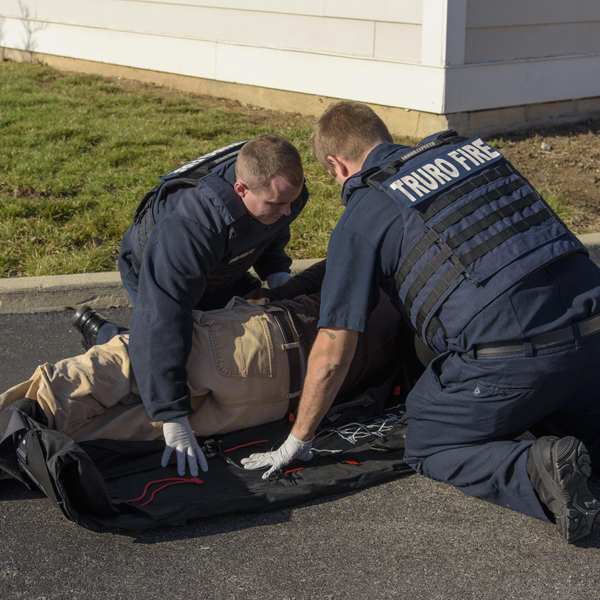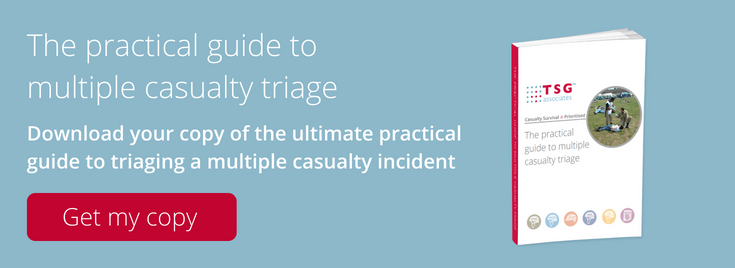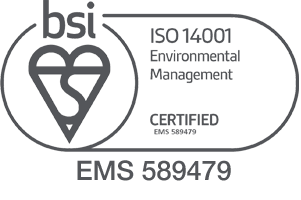


06/12/2022
Choosing a stretcher for the austere and remote environment
Accidents in austere or remote locations often pose an elevated risk to casualties. With professional medical assistance and healthcare facilities hours, or even days, away, and hostile terrain preventing emergency vehicles from accessing the area, effective means of transporting the casualty to safety are vital to increase their chance of making a full recovery.
While a serious accident will, hopefully, not occur, advance planning before embarking on an expedition to a remote environment will ensure that you are properly equipped and prepared for the worst-case scenario. Even a less severe injury, such as a fractured limb, or twisted ankle could cause significant logistical problems if the casualty is unable to walk and will be reliant on others to move them comfortably to another location to receive medical treatment.
So, what issues should you consider and how can you reduce the risks to an injured party?
How to choose a stretcher for a remote location
If you’re travelling to an austere or remote environment, you may be travelling on foot for extended periods or have limited space available in your chosen mode of transport. Often due to size and weight considerations you will not have access to a definitive care stretcher.
When making a choice of stretcher it is important you first consider what objectives the device must achieve. The ultimate aim will be to ensure survival is maximised and suffering minimalised.
The following objectives should be taken into consideration;
- There should be no secondary injuries caused by the evacuation.
- Treatment should be maintained / progressed and not restricted by the stretcher.
- Casualty dry and comfortable.
- Rescuers maintain operational capability to perform the task of evacuation.
- Casualty maintains normal core temperature.
With all objectives recognised the dynamics of the environment you have to operate in should also be reviewed to assist you selection;
- Size and weight you have the capacity to deploy with.
- Type of terrain and obstacles you will face when evacuating.
- Weather conditions that you will experience.
- Number of people and fitness of your team.
- Potential injures.
- Ability to maintain continuing and prolonged care.
- Length of the evacuation journey.
- Can the stretcher capability be enhanced using local resources.
A lightweight stretcher by it’s nature will have an element of compromise. The skill in selecting the right one is to ensure this compromise is not unacceptable for the type of casualty you may have to deal with. Often ultra light and improvised stretchers are just not adequate enough for an injured person and can often deteriorate their condition. The balance between mininmal size and weight and it’s abilty to fulfil it’s role in the evacuation is the balance to be struck. Always a good leveler is ask yourself: “If you were injured, would you be ok to go into the stretcher you are selecting” ?
The Xtract™SR range from TSG Associates is a modular casualty evacuation solution and is designed to withstand the most extreme conditions in remote environments.
- Used by emergency services and the military across the world.
- Compact and lightweight to carry.
- Designed for use in challenging conditions.
- Alleviates rescuers’ fatigue.
- Protects the casualty against the elements.
- Protects against secondary injuries.
Contact TSG to find out more
To find out more about Xtract™SR range, please send us a message and our knowledgeable team will respond promptly.










